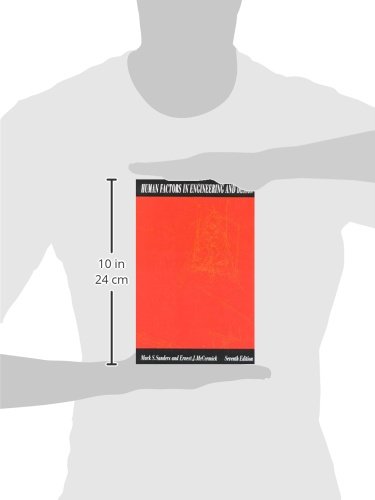Optimized Product Title: The Role of Failure in Successful Design for Engineers
A simple design error was the cause of one of the great disasters of the 1980s - the collapse of the walkways at the Kansas City Hyatt Regency Hotel. A mild wind in 1940 was responsible for the Tacoma Narrows Bridge twisting apart, despite its graceful and innovative design. The magnificent Crystal Palace, the crowning achievement of Victorian architecture and engineering, was inspired by an oversized waterlily. These are some of the failures and successes that Henry Petroski, author of the acclaimed The Pencil, examines in his engaging and wonderfully literate book, To Engineer is Human.
More than a series of fascinating case studies, To Engineer is Human is a work that looks at our deepest notions of progress and perfection, tracing the fine connection between the quantifiable realm of science and the chaotic realities of everyday life. Petroski's exploration of these failures and successes provides valuable insights into the complex and often unpredictable nature of engineering, a field that is essential to our modern way of life.
The collapse of the walkways at the Kansas City Hyatt Regency Hotel was a particularly devastating event, one that highlighted the potential consequences of even the smallest design flaws. Petroski's analysis of this disaster reveals how a seemingly minor change in the original design, made to accommodate construction constraints, ultimately led to the catastrophic failure of the structure.
Similarly, the Tacoma Narrows Bridge, which was once hailed as an engineering marvel, serves as a cautionary tale about the importance of understanding the complex interplay between design, materials, and environmental factors. Petroski's examination of this failure not only sheds light on the specific reasons for the bridge's collapse, but also illuminates the broader challenges faced by engineers in predicting and mitigating the effects of unpredictable natural forces.
In contrast, the story of the Crystal Palace highlights the power of innovation and the role that inspiration can play in the engineering process. Petroski's account of how an oversized waterlily inspired the design of this remarkable structure serves as a testament to the creative potential of the human mind, and the ways in which seemingly disparate elements can come together to produce something truly remarkable.
Throughout the book, Petroski's engaging and accessible writing style helps to bring these stories to life, making complex technical concepts accessible to a wide audience. By exploring both failures and successes, he offers a nuanced and balanced perspective on the challenges and triumphs of the engineering profession, and the ways in which it continues to shape our world.
Ultimately, To Engineer is Human is a testament to the enduring importance of engineering in our lives, and a celebration of the human ingenuity and creativity that underpins this essential field. Whether you're an engineer, a student of the sciences, or simply a curious reader, this book offers a fascinating and thought-provoking exploration of the complex and often unpredictable world of engineering.
product information:
| Attribute | Value | ||||
|---|---|---|---|---|---|
| publisher | Vintage (March 31, 1992) | ||||
| language | English | ||||
| paperback | 272 pages | ||||
| isbn_10 | 0679734163 | ||||
| isbn_13 | 978-0679734161 | ||||
| item_weight | 8.8 ounces | ||||
| dimensions | 5.17 x 0.56 x 7.99 inches | ||||
| best_sellers_rank | #66,358 in Books (See Top 100 in Books) #3 in CAD Graphic Design Guides #4 in Drafting & Mechanical Drawing (Books) #29 in History of Engineering & Technology | ||||
| customer_reviews |
|
MORE FROM design by humans math
MORE FROM recommendation























